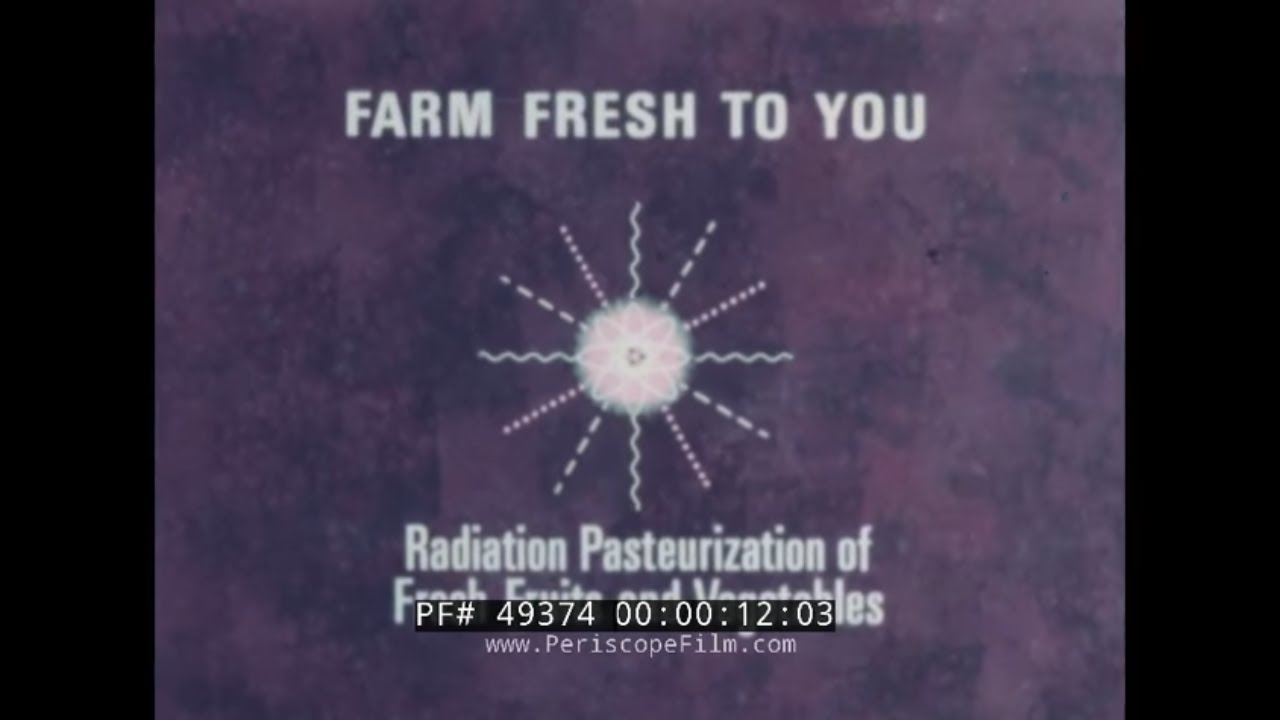Today, around 500,000 tonnes of food is irradiated annually in more than 60 countries around the world. In addition to fruit and vegetables, irradiation is now used to control pathogens in red meat, poultry, pork, and seafood.
I wonder if there are beneficial microorganisms that are removed from our environment? This same thought occurs within the Koi husbandry community, with regard to use of UV lights sterilizing pond water during cycling.
Irradiation is only used on foods intended for human (and some animal) consumption, so use of the process does not affect the population of microorganisms in the environment as a whole. Irradiation would destroy beneficial bacteria present in some food, such as the various strains of Lactobacillus found in fermented dairy products such as yogurt and cheese. As a result, it is not used on such foods. In the U.S., each individual food item treated with irradiation has to be specifically tested and approved by the Food and Drug Administration and Department of Agriculture, and the list of approved foods excludes those containing microorganisms considered beneficial. In the European Union, irradiation of dried herbs, spices, and vegetable seasonings is permitted everywhere in the Union, but otherwise irradiation regulation is country-by-country.
